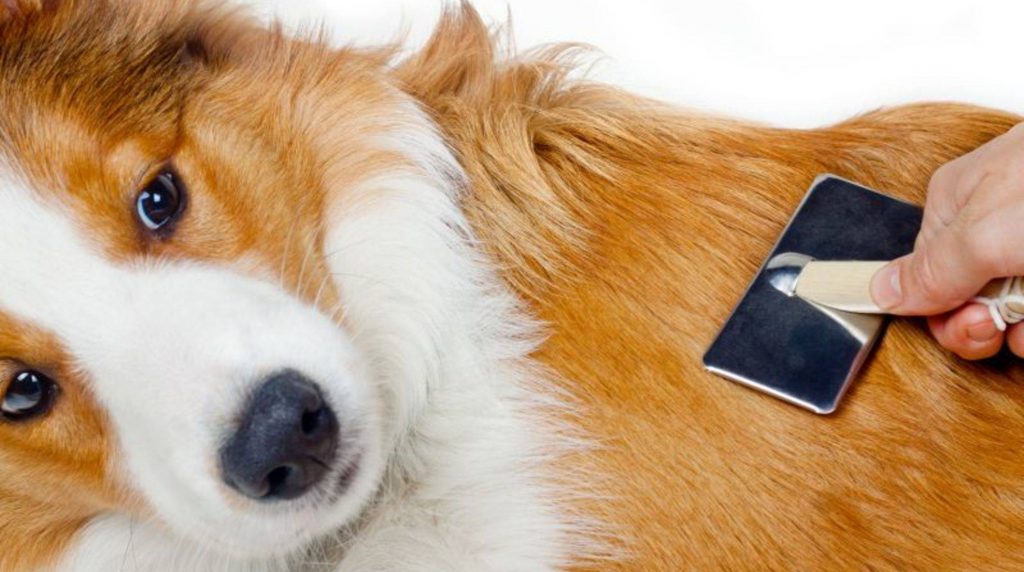If your dog suddenly sheds more fur than usual, this hair loss can have several causes. A few signals can help you distinguish between normal and disease-related fur loss.

When and how much hair a dog loses varies from breed to breed and depends on the housing conditions. While some dogs only shed a decent amount of wool twice a year during the moult, others shed year-round.
Normal hair loss in dogs
If the following features are added to the hair loss, you usually do not need to worry about your four-legged friend. Even if shedding just a little more than usual, a healthy dog’s coat is shiny and strong. It shows neither bald spots nor inflamed, reddened areas of skin. The dog does not scratch or groom itself excessively, is just as lively as usual and plays and eats normally.
With regular brushing and a healthy diet, you should quickly get your dog’s hairy problem under control again. If you are unsure, do not be afraid to go to the vet once more. Here it can be clarified without a doubt whether the fur loss is normal or is to be classified as pathological.
Loss of fur as a symptom of the disease
You should definitely and promptly consult a veterinarian if you notice one or more of the following symptoms in your darling:
● shaggy, dull or greasy coat
● bald spots
● itching
● Skin irritation
● vomiting
● convulsions
● diarrhoea
● Changed eating or sleeping habits
Pathological causes of fur loss
Reasons for hair loss in dogs that require treatment from the vet include:
● Parasites
● metabolic disease
● fungal infection
● Food intolerance
In addition to the veterinarian, a dog trainer trained in behavioural psychology or an animal psychologist can help you with the following behavioural problems that can be associated with hair loss:
● stress
● Depression
● Aggression
The vet will find out what is causing your four-legged friend to lose hair. Depending on his diagnosis, he will determine the appropriate measures and treatment options. If in doubt, it is better to have your faithful companion checked over once more to get clarity about the state of health of your pet in the event of hair loss.








